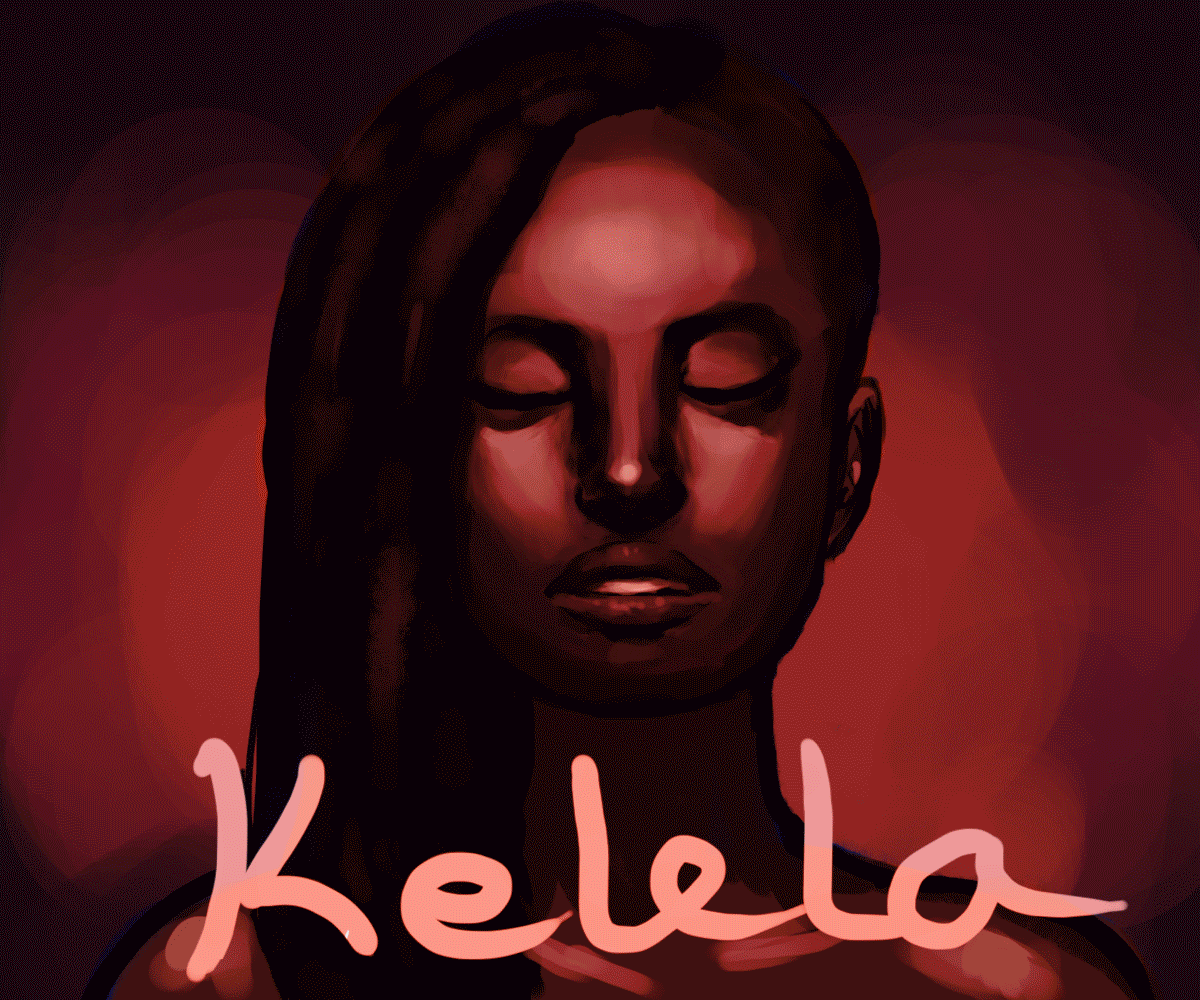Since Kelela first appeared in Rookie in 2013, in an interview with Julianne Escobedo Shepherd, the artist has released two EPs; the first, Cut 4 Me, and the latest, Hallucinogen, which is BRILLIANT. We knew that she would have many gems to share in a Life Syllabus, the Rookie feature in which wonderful people assign us crucial reading, viewing, and listening.
When she discussed her choices over the phone, Kelela described them as, “geared toward my experience as a woman of color, as a visible artist who happens to be a woman of color. What tends to happen when you become visible and you happen to have been black your whole life is that your identity has to be built with even more rigor. I have to really know what I think and feel about my reality, because a lot of people are trying to construct it for me. I needed tools that would allow me to navigate that.” So, here is Kelela’s jam-packed tool box, aka her Life Syllabus:
PART I: CONCEPTUAL ART
“Cornered” is a visual and conceptual work by the artist Adrian Piper. The video of Piper’s performance is no longer online, but what’s written here, and in the image below, is what she says to the camera. It’s quite powerful. It’s an unassuming video—one of the best things I’ve ever seen, and one of the best things I’ve ever read, also.
This work is significant for a few reasons. It’s situated between an academic piece and a performance-art piece, and that relates to the fuzzy line that exists between those two modes. When I saw it I remember feeling, Oh my god! Hah! I’m such a rookie—no pun! I can’t believe that’s allowed, and that was made in 1986! It’s important to me to be able to look up to certain people artistically but also substantively, for what they’re saying.
Adrian Piper is a woman of color, who is not always visibly black. The “visibility versus identity” that she addresses, comes from an important positionality that is quite specific to the United States. It’s not that we’re the only country that has this phenomenon—we’re not—but this is one of the places where you can take a look at how race is such a construct. If you can have people who look like Adrian Piper who are black in this country, then no one is unquestionably and “purely” white. Her existence—one’s identity, and how it’s built, by virtue of existing—starts to disrupt how other people think of themselves. That’s a really interesting phenomenon. Her story is the story of the country. It’s not all of our personal narrative, but it’s our reality, which she exists within. We have to engage that.

Adrian Piper, My Calling (Card) #2, White business card with printed text, 2” x 3.5”, 1986. Image © Adrian Piper Research Archive, Berlin.



